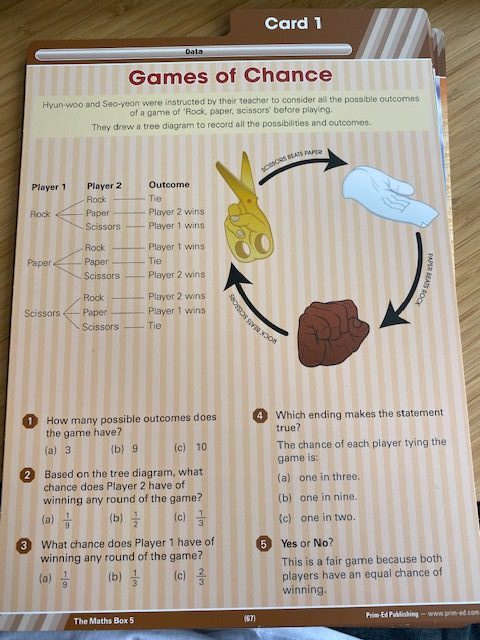Spelling
We are doing a few different mixes of spelling words for this week.
- Plural words ending in o e.g. pianos, videos, photos.
- The suffix (ending) –ly e.g. suddenly, finally, really, hardly.
- Words with ph and kn e.g. phone, knock, knot.
- Some trickier homophone e.g.muscle, mussel, principal, principle.
You have a 200 word challenge on sumdog this week, that’s 40 words per day!
Here is also a countdown language game. Try and make the longest word possible using each letter only once
http://happysoft.org.uk/countdown/wordgame.php
Langauges
Here is a fun Italian language game. You can select any topic and explore the way the words are pronounced and try to remember some of them.
https://www.learn-italian.net/italiangames/four-in-a-row?topic=Food%20-%20fruit&level=primary
Holes
Did you read yesterday’s reading pages? If not, go back and take some time to read them.
Choose a page in this week’s reading. Re read the whole page and count how many different types of punctuation there are.
. , ! ? : ; – _ ‘ “ ” ( ) \ /
Which punctuation mark is used the most? Was it a full stop? Or maybe a comma or speech marks?
Were there any punctuation marks that you didn’t recognise or don’t understand what it’s job is? If so, ask someone to explain, email me about it, or look it up online.
Then repeat this on another page. Compare what you found on the two pages. Did they have similar punctuation marks, or were they different?
Finally, take a minute to think about all the different punctuation marks that you were able to find. What was the purpose of them? Why is the author using them in the writing?
Commas revision
If you would like some revision of using commas in different ways, check out this lesson:
https://www.bbc.co.uk/bitesize/articles/zdy8qnb
Maths
Mental Maths
Try countdown again. Explore the different levels to challenge yourself.
https://www.topmarks.co.uk/Flash.aspx?f=countdowntimerv3
probability
Yesterday we looked at how numbers can be used to help us describe probability. Another way to think about probability is using the phrase 1 in 4 or 2 in 6.
This shows you how many chances there are for the thing you are looking for and how many different possible outcomes there are.
For example, the chances of getting a tails when you flip a coin is 1 in 2, because you are only looking for one outcome (tails) and there are only 2 possible outcomes (heads or tails).
The chances of getting a 2 on a dice is 1 in 6, because you area only looking for one outcome (a 2) and there are 6 possible outcomes.
The chances of getting an even number on the dice is 3 in 6 because there are 3 options that are even (2,4,6) and 6 possible numbers you could roll.
Try this game to learn more about describing probability using this language
https://www.topmarks.co.uk/Flash.aspx?a=activity23
This can also be written as a fraction so 1 in 2 is ½, 1 in 6 is 1/6 and 2 in 6 is 2/6.
Give this challenge card a go
extra challenge = here is a page with lots of different probability games if you want to explore this further



